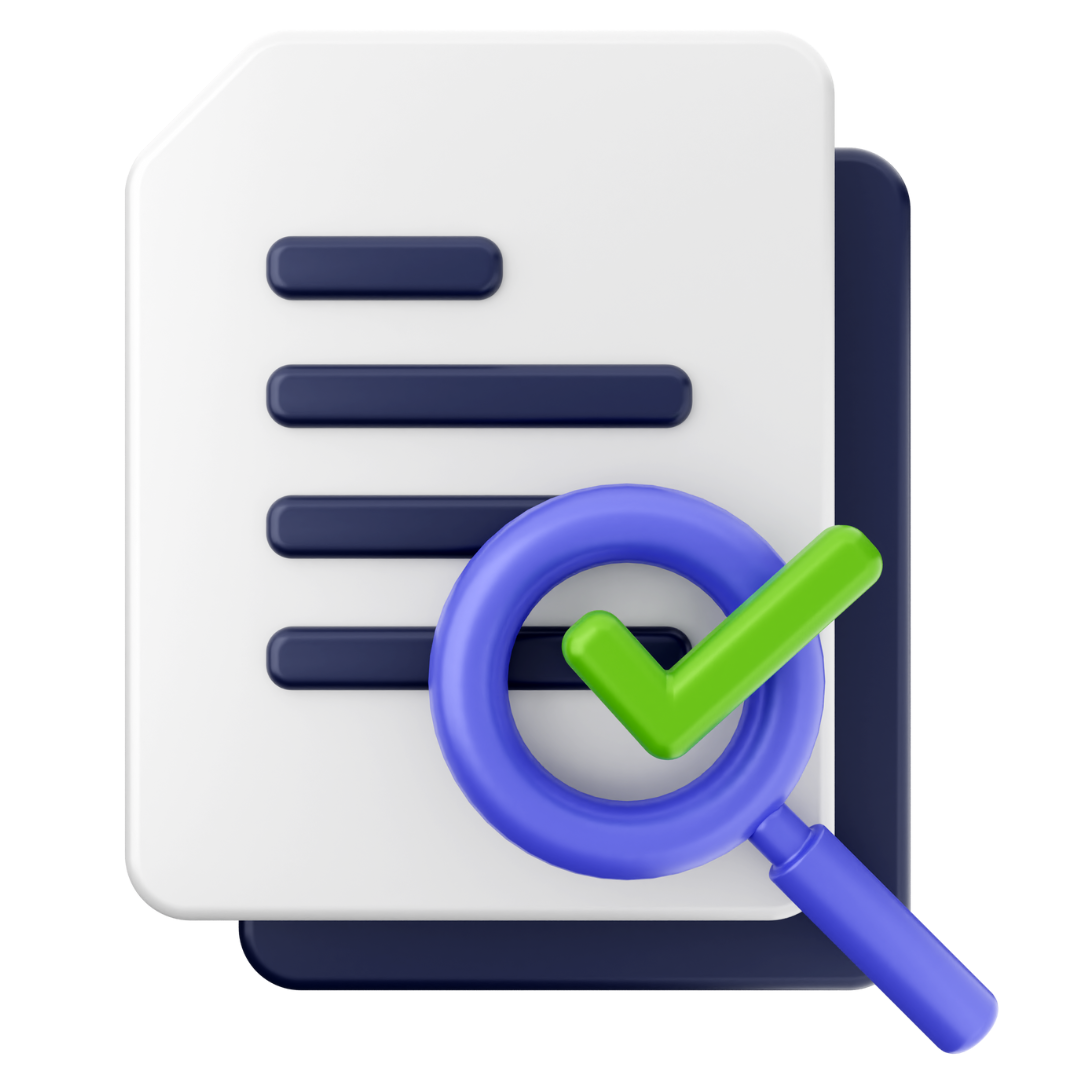Operation assignment online Sample by VAH Experts
Modern Data Management Approach in an Enterprise
Abstract
This report explores modern data management practices within enterprises, emphasizing the benefits of AWS-based solutions for enhanced efficiency and effectiveness. It highlights key components such as analytics services, security protocols, data warehousing, and integration to optimize data handling and utilization. By implementing advanced data management strategies, organizations can drive strategic decision-making, ensure regulatory compliance (such as GDPR), enhance customer experiences, and streamline operations through actionable insights. The study underscores the significance of AWS's governance tools, scalable data lakes, security features, and analytics solutions, which enable enterprises to process vast volumes of data efficiently. Adopting a modern data management approach allows businesses to maximize value from their data assets and maintain competitiveness in an evolving data-driven landscape.
Introduction
Modern data management integrates various components to ensure secure and efficient handling of vast amounts of enterprise data. Key elements include data lakes, data warehousing, and data integration (ETL). Master Data Management (MDM) ensures consistency across critical business data entities such as products and customers. Data quality management enhances reliability and accuracy through validation and profiling. Implementing these practices enables enterprises to align with strategic business goals, comply with regulations, improve customer experiences, and optimize operations. By leveraging modern data management techniques, organizations can navigate the complexities of a data-driven business environment and extract maximum value from their data assets.
Literature Review
Structured and Semi-Structured Data
Structured data refers to well-organized, tabular data that follows a predefined schema, typically stored in relational databases. It supports efficient management through SQL and is widely used in HR records, financial transactions, and CRM systems. In contrast, semi-structured data lacks a rigid schema but contains organizational properties like metadata and tags, making it flexible for evolving data formats. Examples include NoSQL databases, XML, and JSON. Due to its flexibility, semi-structured data requires specialized tools for querying and analysis and is commonly found in IoT systems, document management, and web development.
Advantages and Disadvantages of Structured and Unstructured Data
Structured data offers efficient processing, easier management, and access to numerous analytical tools. However, its rigid format limits scalability and flexibility. Conversely, unstructured data supports rapid acquisition and diverse formats, offering deeper insights and competitive advantages. However, it presents challenges in administration, compliance, and resource-intensive processing.
Use Cases for Structured and Semi-Structured Data
Structured data is crucial in business applications such as e-commerce, banking, and CRM systems, where relational data management supports decision-making. Semi-structured data is widely used in web development (XML, JSON), IoT (sensor data), document management, and social media analytics, helping organizations enhance flexibility and efficiency.
Importance of Data Management for Businesses
Effective data management enhances visibility into data assets, enabling efficient discovery and analysis. It ensures data reliability, minimizes errors, and builds trust in data quality, supporting informed decision-making. Data security is another critical aspect, preventing breaches through encryption and authentication measures. Additionally, robust data governance frameworks facilitate compliance with regulatory standards like GDPR and HIPAA, ensuring privacy and security.
Components and Characteristics of Modern Data Architecture
Modern data architecture incorporates the following key features:
- Infrastructure Flexibility: Cloud platforms like AWS and Azure support distributed data processing and scalable storage.
- Parallel and Distributed Processing: Technologies like Apache Spark and Hadoop enable high-performance analytics across multiple nodes.
- Scalability and Elasticity: Cloud-based solutions allow organizations to dynamically scale resources based on demand.
- Automation: Tools such as Apache Airflow and Azure Data Factory streamline data ingestion and processing.
- Artificial Intelligence (AI) and Machine Learning (ML): AI-driven analytics enhance decision-making and predictive insights.
- Data Governance: Strong governance frameworks ensure compliance, security, and quality management.
Modern Data Architecture on AWS
AWS offers a range of services that support modern data management, including:
- Scalable Data Lakes with Amazon S3: Provides a central repository for structured and unstructured data with high scalability and durability.
- Purpose-Built Analytics Services:
- Amazon Redshift: Optimized for large-scale data warehousing and complex queries.
- Amazon Kinesis: Supports real-time data processing for IoT and log analytics.
- Amazon Elasticsearch Service: Enables efficient search and log analysis at scale.
- Unified Data Access with AWS Glue and Amazon Athena:
- AWS Glue: A managed ETL service for seamless data transformation and movement.
- Amazon Athena: Facilitates ad-hoc SQL queries on data stored in Amazon S3.
These tools enhance data accessibility and integration, empowering organizations to leverage their data for improved decision-making.
Benefits of AWS-Based Modern Data Architecture
- Scalability: Accommodates growing data volumes and business needs.
- Flexibility: Modular services enable customized tool integration.
- Security and Compliance: Advanced encryption and access controls ensure regulatory adherence.
- Performance Optimization: High-speed analytics drive faster insights and operational efficiency.
Conclusion
In summary, efficient data management is crucial for enterprises aiming to gain actionable insights and drive business growth. By implementing robust data governance, security protocols, and scalable architectures, organizations can improve operational efficiency, data reliability, and compliance. AWS-based solutions provide a flexible and scalable alternative to traditional data warehousing, enabling businesses to store, manage, and analyze diverse data types from multiple sources. Adopting modern data management practices ensures long-term sustainability and competitive advantage in the rapidly evolving digital landscape.
Operation assignment online Sample by VAH Experts
Identify and list three (3) workplace health and safety requirements relating to servicing operations
|
Lifting and supporting vehicles, including using a pit.
|
Hoists (list three)
|
|
Pits (list three)
|
|
|
Isolating and stabilising a vehicle
|
|
|
Safe handling of hazardous oils, fluids and greases
|
|
Operation assignment online Sample by VAH Experts
List the 16 principles of operations management given by Dr. Richard Schonberger.
The 16 principles of operations management given by Dr. Richard Schonberger are:
-
Teaming up with the customers
-
Continuous and rapid improvement
-
Unified purpose
-
Knowledge of the competition
-
Focus
-
Organize resources
-
Investing in Human Resource Management
-
Maintain equipment
-
The equipment should be simple, flexible, less costly and simply the best
-
Minimize human errors
-
Cut time
-
Cut setup
-
Pull system
-
Total quality control
-
Fix causes that hamper cost as well as performance
-
Visibility management
Operation assignment online Sample by VAH Experts
What are the 4 types of operations management?
Operations management can be categorized into 4 main categories namely:
-
Finance – controlling money flow in the organization in order to implement goal congruence by aligning both long- term and short-term goals of the organization to ultimately increase profits and be successful.
-
Customers – meeting the needs of the customers and increasing sales leading to increased flow of money through the customers and also achieving good reputation and recognition for the business with more happy and satisfied customers.
-
Internal processes – optimizing the internal processes without hampering the quality by making processes efficient and effective and lowering the costs leads to greater profitability as well as increased customer satisfaction.
-
Learning and Innovation – Making use of the technologies and staying up to date with them is an important feature of learning and innovation as without technology, it is very difficult for a business to progress in the current scenario. Overcoming cognitive limitations helps an organization to gain competitive advantage in the market.
Operation assignment online Sample by VAH Experts
What is the role of operations management?
Operations management refers to the production of goods and services at an appropriate time with the right quality and affordable and right cost to make sure that the customer requirements are met and that they are satisfied to help make the business successful.
Direct responsibilities under operations management include:
Managing operational process
Managing operational strategies
Embracing design
Planning
Controlling
Helping in the improvement of the performance of the employees as well as the business.
The responsibilities of an operational manager also include:
Human resource management
Asset management
Cost management






.png)
.png)
.png)







